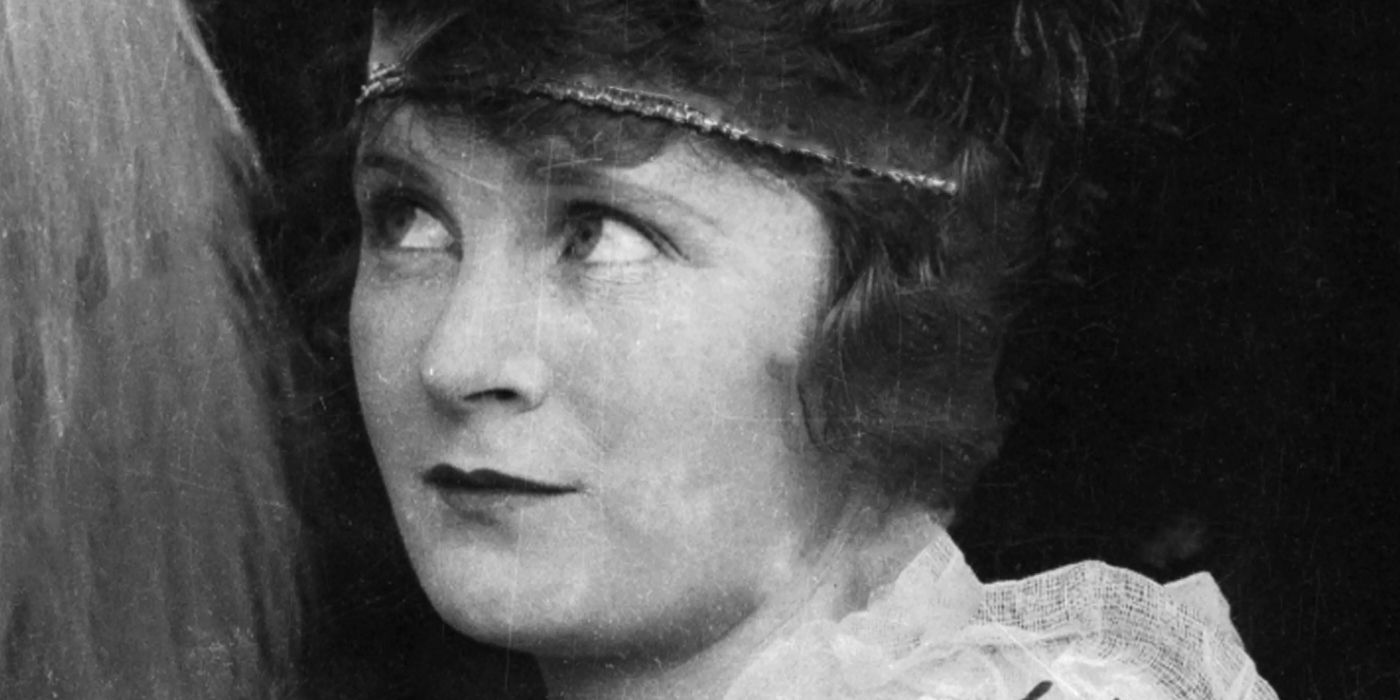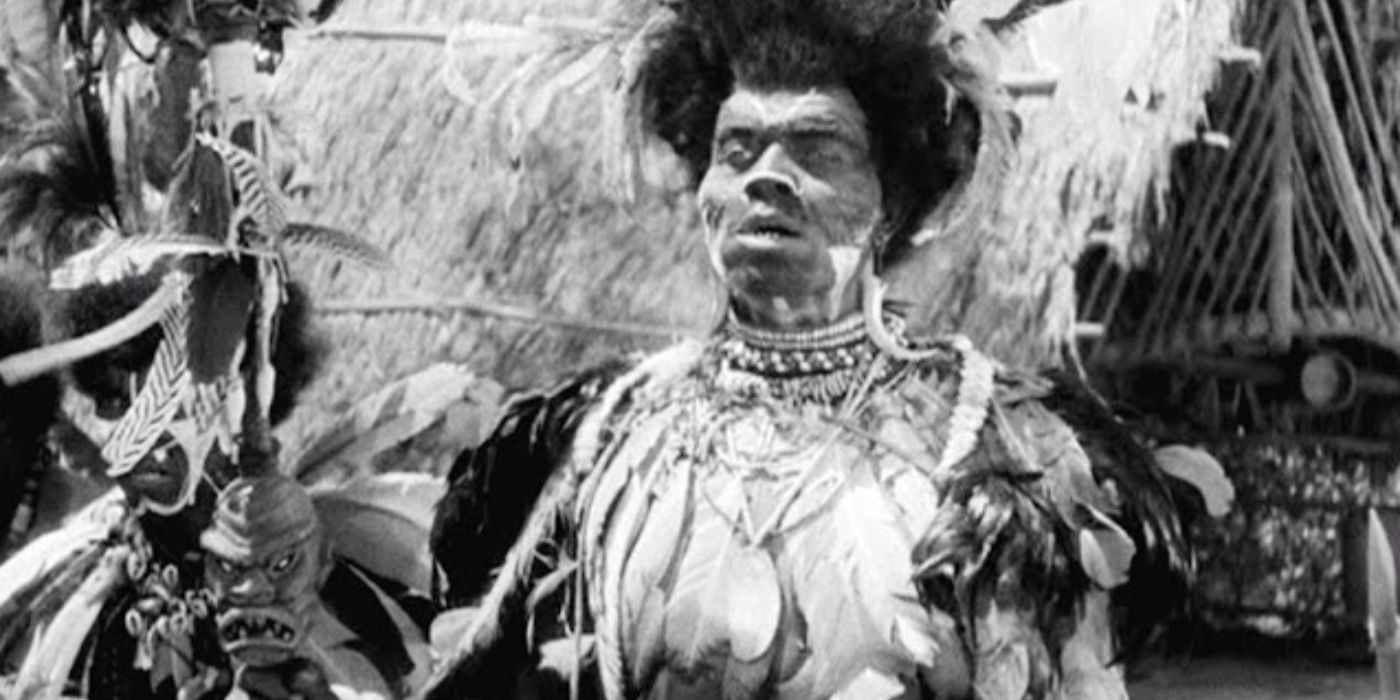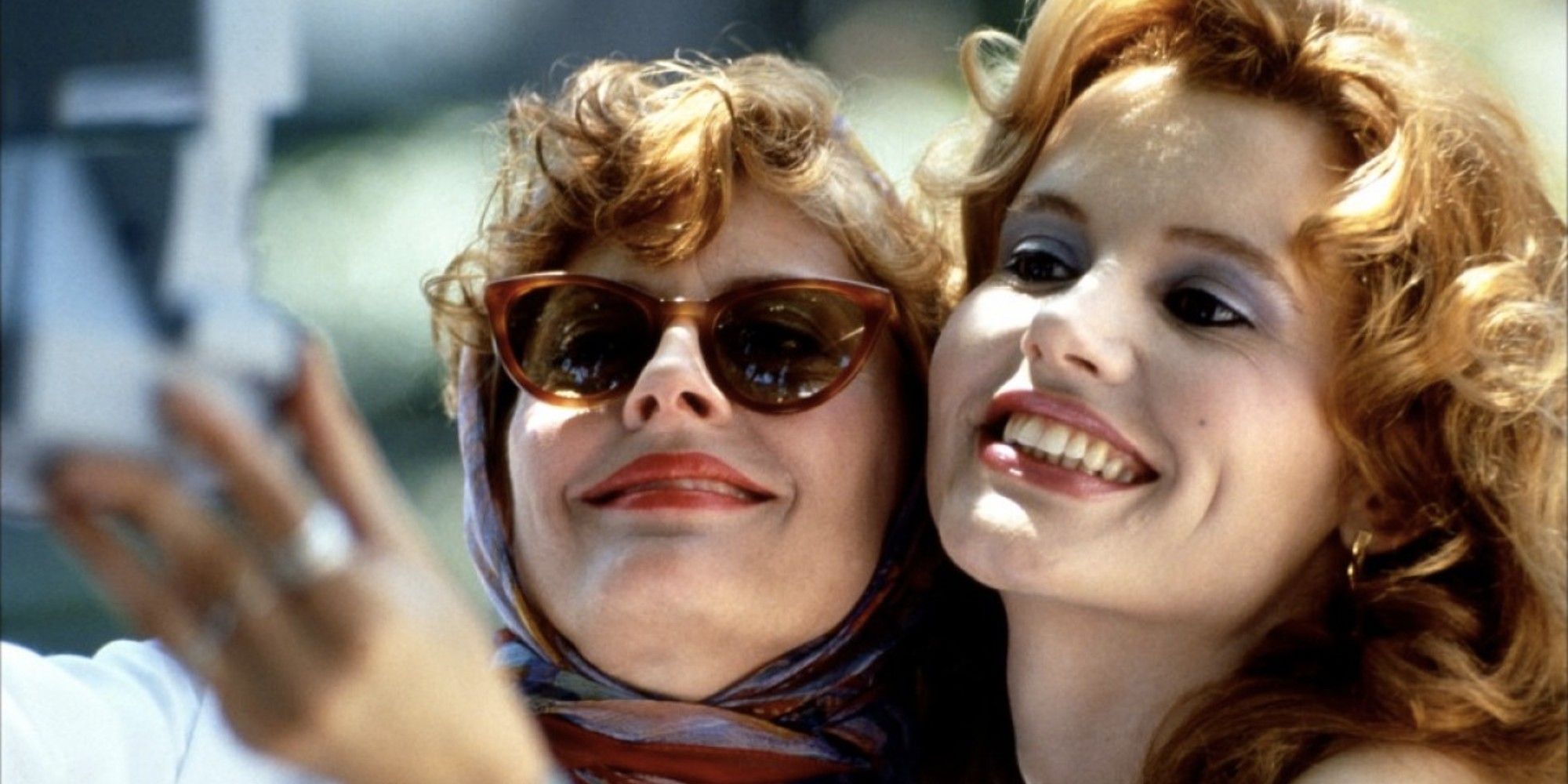The Big Picture
- The National Film Registry preserves culturally significant American films in their original state, created in response to the altering of films.
- Ward Bond and Brooks Benedict are the actors with the most appearances in the NFR, with 16 movies each, while James Stewart has the most starring roles.
- Women and people of color are underrepresented in the registry, with Mae Marsh and Gertrude Astor being the actresses with the most appearances, and Noble Johnson and Charles Stevens being the actors of color with the most films in the NFR.
The National Film Registry (NFR), which seeks to preserve “culturally, historically or aesthetically significant” American films in their original state, was created in 1988 in response to the relatively new practice of altering films, such as editing them for television broadcasts and colorizing black and white films. Each year, the public nominates thousands of films and the Librarian of Congress, after consulting with the National Film Preservation Board and Library film curators, selects 25 to be added to the registry. To be eligible, a film must have been produced or co-produced by an American company or individual and must be at least 10 years old. Currently, there are 850 films on the registry; last year’s inductees include well-known classics such as Carrie, 1988’s Hairspray, The Little Mermaid, When Harry Met Sally, and House Party, major modern movies like Iron Man, and important but lesser-known films such as Haile Gerima’s Bush Mama and Robert Nakamura’s short Manzanar. So which actor has the most movies in the NFR? The short answer is, it’s a tie. The long answer is a little more complicated.
Who Are the Actors That Appear the Most in the National Film Registry?
In absolute terms, the two actors who have appeared in the most movies in the NFR are Ward Bond and Brooks Benedict, with 16 movies each. Bond was a character actor born in 1903 with over 250 movie and TV credits to his name, almost entirely minor characters. His NFR film roles include some all-time classics such as Yankee Captain Tom in Gone with the Wind, a Needles policeman in The Grapes of Wrath, Detective Tom Polhaus in The Maltese Falcon, and Bert in It’s a Wonderful Life. Benedict was born in 1896 and appeared in over 350 films — but almost none of his roles were credited, including all 16 of his NFR roles. He played, for instance, a nightclub patron in The Thin Man, a Senate clerk in Mr. Smith Goes to Washington, a tennis umpire in Strangers on a Train, a party guest in Sabrina, and a military officer who’s seen only in montage in It’s a Wonderful Life.
In close third place is Philo McCullough, who was born in 1893 and, like Bond and Benedict, appeared in hundreds of films from the 1910s through the 1960s. Thirteen of his 14 roles in NFR films were uncredited; his only credited NFR appearance was as Robert Blake in 1928’s The Power of the Press. His uncredited roles include that of Senator Albert in Mr. Smith Goes to Washington, an Academy Awards attendee in 1954’s A Star Is Born, and a ball guest in My Fair Lady. Donald Crisp and Francis Ford tie for fourth place with 13 NFR films apiece. Crisp’s parts include major roles such as Sam Carraclough in Lassie Come Home and Mr. Morgan in How Green Was My Valley. Ford’s roles are entirely small and/or uncredited except for a starring role as Fred Francis in the charming 12-minute-long 1917 short Unmasked.
The actor with the most starring roles in NFR films is, perhaps unsurprisingly, James “Jimmy” Stewart with 12, including a pair of iconic Hitchcock thrillers, Rear Window and Vertigo, plus other black and white gems like Mr. Smith Goes to Washington and It’s a Wonderful Life, and even Westerns such as The Man Who Shot Liberty Valance and How the West Was Won.
Women and People of Color Are Underrepresented in the Registry
Where are all the women in this, you might be wondering. Throughout the first century of its existence, American film was very much a male-dominated industry — and of course women are still drastically underrepresented behind the camera and in decision-making roles. As a result, there are considerably fewer women than men represented in the National Film Registry. As with the men, the record for the most appearances is a tie, this time between Mae Marsh and Gertrude Astor with 11 appearances each.
Born in 1894, Marsh appeared in over 200 films throughout her life, including dozens of silent shorts. Nine of her NFR roles were uncredited, with her only credited parts being a starring role as Flora Cameron in D.W. Griffith’s spectacularly racist Civil War drama The Birth of a Nation and a major role as The Dear One in another Griffith picture, Intolerance. Astor was born in 1887 and appeared in over three hundred movies, including dozens of silent films and shorts, though starting in the 1930s her roles were almost entirely uncredited. (Hollywood has never been kind to women over 40.) Ten of her 11 NFR film appearances are in uncredited roles, her only credited one being that of ‘Lily’ of Broadway in Frank Capra’s 1926 silent comedy The Strong Man — one of 13 films in which Astor appeared in that year alone.
Where are people of color in all this, you might be wondering. Hollywood was also extremely inhospitable to non-white actors and filmmakers for decades, and people of color, too, are still underrepresented on screen and behind the camera relative to their share of the American population. Yet there are many films by historically marginalized creators in the NFR, and many actors of color represented in the registry. The record is once again held in a tie by Noble Johnson and Charles Stevens with 10 films apiece.
Johnson had a major influence on the film industry in the early 1900s, both as an actor and as the co-founder and president of the Lincoln Motion Picture Company. He created the company with his brother to empower Black filmmakers and actors to produce their own films at a time when Black stars were usually relegated to stereotypical and comedic side characters, using his proceeds from his Hollywood roles — in which he played characters of many races — to fund Lincoln projects. His NFR films include roles in some of the most influential movies of the era, like The Four Horsemen of the Apocalypse, Ben-Hur: A Tale of the Christ, and the original King Kong.
Charles Stevens was born in Arizona in 1893 to Sheriff George Stevens and Eloisa Michelena, who was from Mexico. Stevens appeared in more than 200 films and TV shows between 1915 and 1961, frequently portraying Latino and Indigenous characters in Westerns. His NFR appearances include both credited and uncredited roles, such as a volunteer at the Piedmont Raid in The Birth of a Nation, the “peon beaten by Sgt. Gonzalez” in 1920’s The Mark of Zorro, a reappearance in 1940’s The Mark of Zorro as José, and a slave in the religious epic The Ten Commandments.
Also deserving of recognition is the voice actor with the most National Film Registry appearances, and this one is not a tie — the record goes to the Man of a Thousand Voices himself, Mel Blanc. In addition to voicing some of his best-known characters in films like Porky in Wackyland (1938) and What’s Opera, Doc? (1957), Blanc provided hiccup noises for Honest John’s sidekick Gideon in Disney’s Pinocchio and voiced the titular character in Dumbo. He brought Daffy, Tweety Bird, Bugs, Sylvester, and Porky to life again in Who Framed Roger Rabbit, and even makes a vocal appearance in Breakfast at Tiffany’s as Holly’s drunken, overly-enthusiastic date, who can be heard complaining and beating on the bathroom door as Holly slips onto the fire escape to spy on Paul.
For those who are curious, there’s also a first-place tie for the directors with the most films in the National Film Registry, held by John Ford and Howard Hawks with 11 films each. Ford, of course, was the architect of several of the films we’ve already mentioned, including The Grapes of Wrath, How Green Was My Valley, The Man Who Shot Liberty Valance, and the “Civil War” segment of How the West Was Won. Hawks’ NFR films include the original Scarface (1932), Bringing Up Baby, and Only Angels Have Wings. Rounding out the top five are William Wyler with 10 NFR films (Roman Holiday, 1959’s Ben-Hur, Funny Girl), Hitchcock with nine, and Steven Spielberg with seven.
The History of the National Film Registry is the History of Movies
The history of the National Film Registry, in some ways, mirrors the history of American film itself. In its first year, the films inducted to the registry were almost exclusively the films of white men, those who had the resources and studio backing to create great, enduring works: Casablanca, Citizen Kane, The Grapes of Wrath, The Maltese Falcon. A scant handful feature women in lead roles: Snow White and the Seven Dwarfs, Some Like It Hot, The Wizard of Oz. In more recent years, the registry has recognized the importance of and preserved more films by marginalized people, more films with small budgets and little marketing behind them, and more films that tell the stories of people who don’t often see the spotlight: Itam Hakim, Hopiit, a documentary about the Hopi nation; Chicana, a short that chronicles the centuries-long history of Chicana women and their struggles; Bread, a 1918 silent drama directed by Ida May Park, who worked behind the scenes to create more opportunities for women in the film industry. Every film in the registry has contributed something important to American cinema, so the next time you’re scrolling through Netflix searching for something to watch, check out their complete list and consider a film you might not have known about otherwise.







